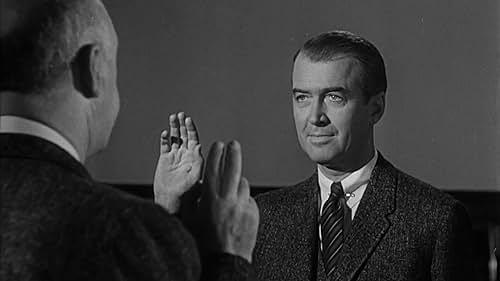The 1959 film Anatomy of a Murder remains a landmark legal drama, captivating audiences with its intricate plot, compelling performances, and groundbreaking exploration of sensitive themes. This new update delves into the film’s enduring legacy, analyzing its legal accuracy, exploring its controversial elements, and examining its impact on courtroom dramas that followed.
Anatomy of a Murder movie poster.
The Case of Lt. Manion: A Story of Rape, Murder, and Temporary Insanity
The film follows Paul Biegler (James Stewart), a small-town Michigan lawyer who takes on the defense of Lt. Frederick Manion (Ben Gazzara), accused of murdering Barney Quill, a local bar owner. Manion claims temporary insanity, alleging that he killed Quill after Quill raped his wife, Laura (Lee Remick). The ensuing trial becomes a battleground of legal maneuvering, psychological analysis, and the pursuit of truth amidst conflicting testimonies and ambiguous motives.
Legal Accuracy and Authenticity: A Precedent for Courtroom Dramas
Anatomy of a Murder stands out for its realistic portrayal of courtroom procedures. The film’s dialogue, witness examinations, and legal arguments adhere closely to actual trial practices, offering viewers a rare glimpse into the complexities of the judicial system. This authenticity is further enhanced by the casting of Joseph Welch, a prominent real-life lawyer, as the presiding judge. His performance lends an undeniable gravitas and credibility to the courtroom scenes.
 Anatomy of a Murder courtroom sceneA courtroom scene from Anatomy of a Murder depicting the intensity of the trial.
Anatomy of a Murder courtroom sceneA courtroom scene from Anatomy of a Murder depicting the intensity of the trial.
Breaking Barriers: Controversial Themes and Social Commentary
The film’s unflinching exploration of themes such as rape, spousal abuse, and mental illness was groundbreaking for its time. The use of words like “rape,” “contraceptive,” and “sperm,” considered taboo in 1959, sparked controversy and contributed to the film’s notoriety. This boldness, however, allowed Anatomy of a Murder to engage with vital social issues and challenge prevailing societal norms.
The Performances: A Masterclass in Acting
The film boasts an ensemble cast at the peak of their powers. James Stewart delivers a nuanced performance as the cunning and determined Paul Biegler, navigating the intricacies of the case with his characteristic charm and wit. Lee Remick’s portrayal of Laura Manion is both captivating and controversial, raising questions about the victim’s role in the events leading up to the murder. Ben Gazzara, as the accused Lieutenant Manion, embodies the complexities of a man grappling with his actions and their consequences. Supporting performances by George C. Scott, Arthur O’Connell, and Eve Arden further enrich the film’s dramatic tapestry.
James Stewart portrays the sharp lawyer Paul Biegler.
The Ambiguity of Truth and Justice
Anatomy of a Murder doesn’t offer easy answers. The film explores the gray areas of morality and the subjective nature of truth. The audience is left to grapple with the complexities of the case, questioning the motives of the characters and the ultimate verdict. This ambiguity is central to the film’s enduring power, prompting viewers to consider the imperfections of the justice system and the human condition.
The Impact and Legacy of a Cinematic Milestone
Anatomy of a Murder has had a profound influence on subsequent courtroom dramas. Its realistic depiction of legal proceedings, its willingness to tackle controversial subjects, and its complex characters have set a standard for the genre. The film’s exploration of temporary insanity as a defense strategy also paved the way for future cinematic examinations of legal and psychological issues.
Lee Remick plays the complex character of Laura Manion.
Conclusion: A Timeless Exploration of Justice and Human Nature
Anatomy of a Murder remains a powerful and thought-provoking film, offering a compelling examination of the legal system, the complexities of human behavior, and the search for justice. Its groundbreaking approach to sensitive subject matter, combined with stellar performances and a meticulously crafted script, has ensured its place as a timeless classic in the annals of cinematic history. The film continues to resonate with audiences today, prompting discussions and debates about the very nature of truth, guilt, and innocence. This new update serves as a testament to the film’s enduring relevance and its lasting impact on the legal drama genre.

